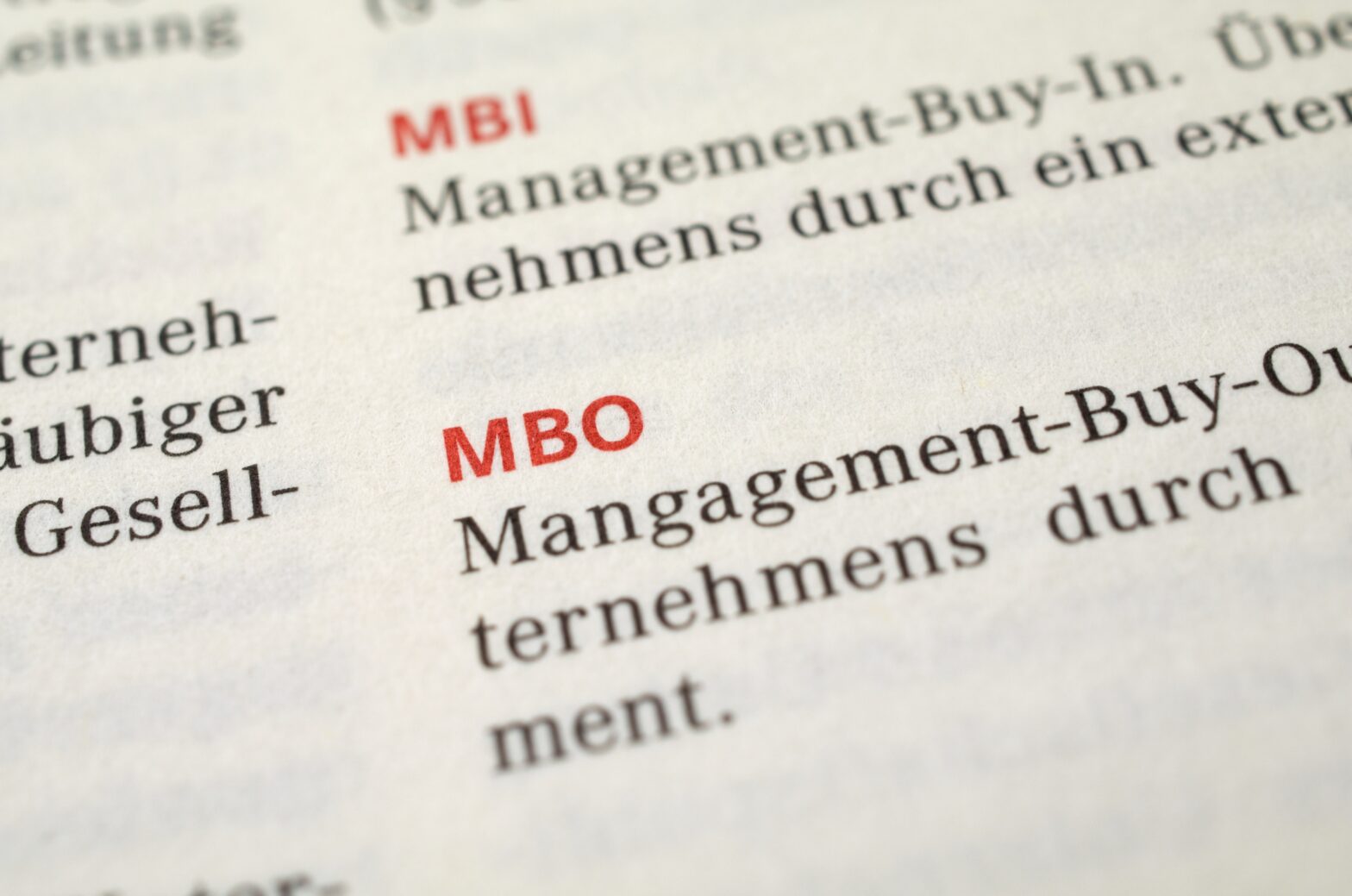Mergers and acquisitions are complex transactions involving a multitude of bankers, lawyers, accountants and other stakeholders often in diverse locations.
In a typical M&A deal, more than two-thirds of the time is spent running the Q&A process. Hundreds, sometimes thousands, of questions are posed in a period that can extend to several months.
For practitioners, the use of software available to remove as much of this complexity when handling documents and communicating is paramount.
At ansarada, we’ve sat at the nexus of more than 10,000 global M&A deals that have used our virtual data rooms over the past decade, and can therefore single out the processes that smooth the way for deal makers.
Set question limits
It’s not uncommon for a potential bidder to lob a list of a few hundred “standard questions” at a seller, which can take up an enormous amount of time, particularly when there are multiple bidders.
So, what can you do? Limiting the number of questions each potential bidder can ask at any time is a good technique that focuses the parties and results in prioritisation. Instead of bombarding the seller, the buyers are forced to ask the questions that really matter to them in logical order.
Some of the most successful Q&A deal protocols employed will add priority and response times into these. For example, the seller may undertake to answer high priority questions in 24 hours, but limit bidders to asking only two such questions per day.
Manage the Q&A workflow by reducing decision time
In a typical deal, each question submitted to the process is assigned to someone in the deal team to investigate and propose a response, but ultimately the responsibility for the accuracy and completeness of the answer lies with the selling company.
A sophisticated deal reduces the decision time involved in evaluating each question by setting a predetermined list of subjects for the bidder to categorise their question under, and constructing a corresponding sell side workflow.
For example, questions with the subject “tax” are assigned to the tax accountant, “financing” to the lead banker, and so on. A virtual data room can also be used to automate this process.
Secure questions by subject
Virtual data rooms allow for security and confidentiality around questions that are categorised by subject. In practical terms, this means that a question and answer around employee contracts and conditions can be quarantined from all but the most essential eyes, ensuring it is safe to include a broader range of participants in the entire Q&A process. With this virtual data room feature, the workload involved in answering questions is more broadly shared, without compromising security.
Provide just enough information
During the due diligence process, the objective of all parties is to have as much information as possible provided to bidders in order to minimise their uncertainty and maximise their comfort as this will lead to the strongest bid prices.
However, offsetting this from the seller’s perspective, is the risk that some information is commercially sensitive and the release of that information to bidders could put the seller at risk if the transaction does not complete.
To address this issue, the key commercially sensitive information is usually withheld in a special restricted ‘black box’ folder within the virtual data room such that it is only revealed once a bidder has made an offer that has a high degree of certainty and only subject to reviewing this outstanding information.
Clive Cooper is the global sales director at ansarada, the only data room exclusively designed for M&A.







